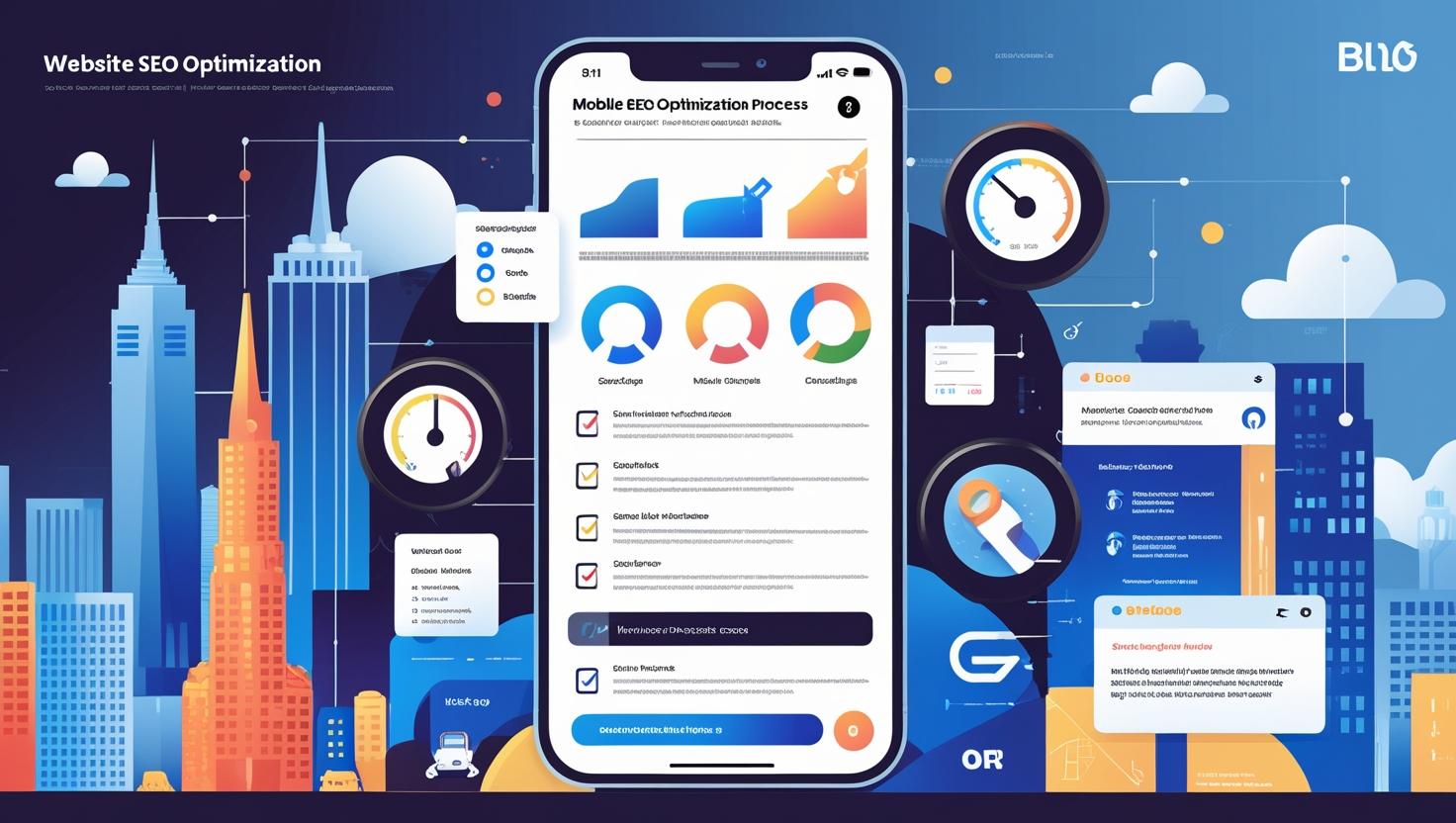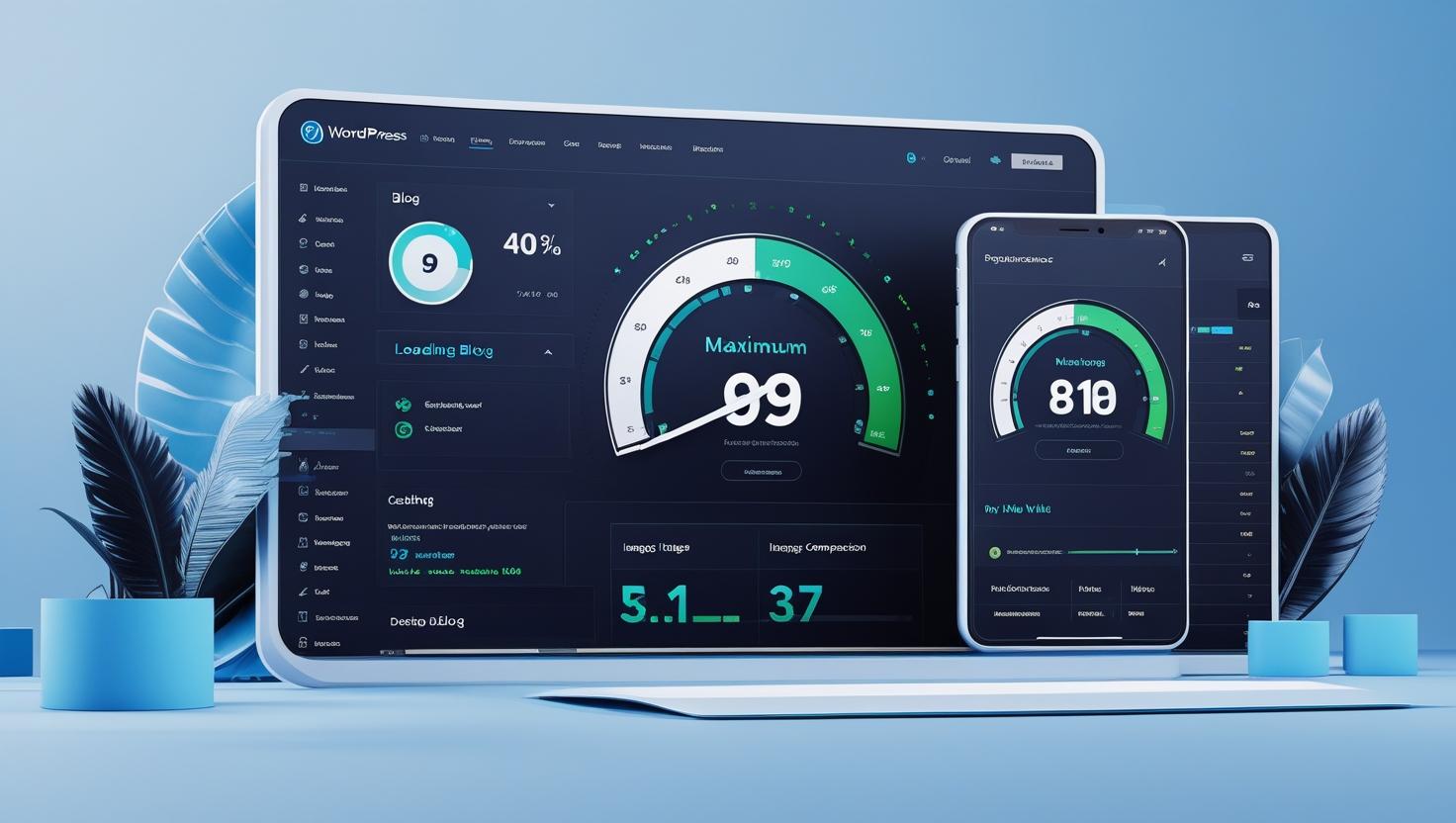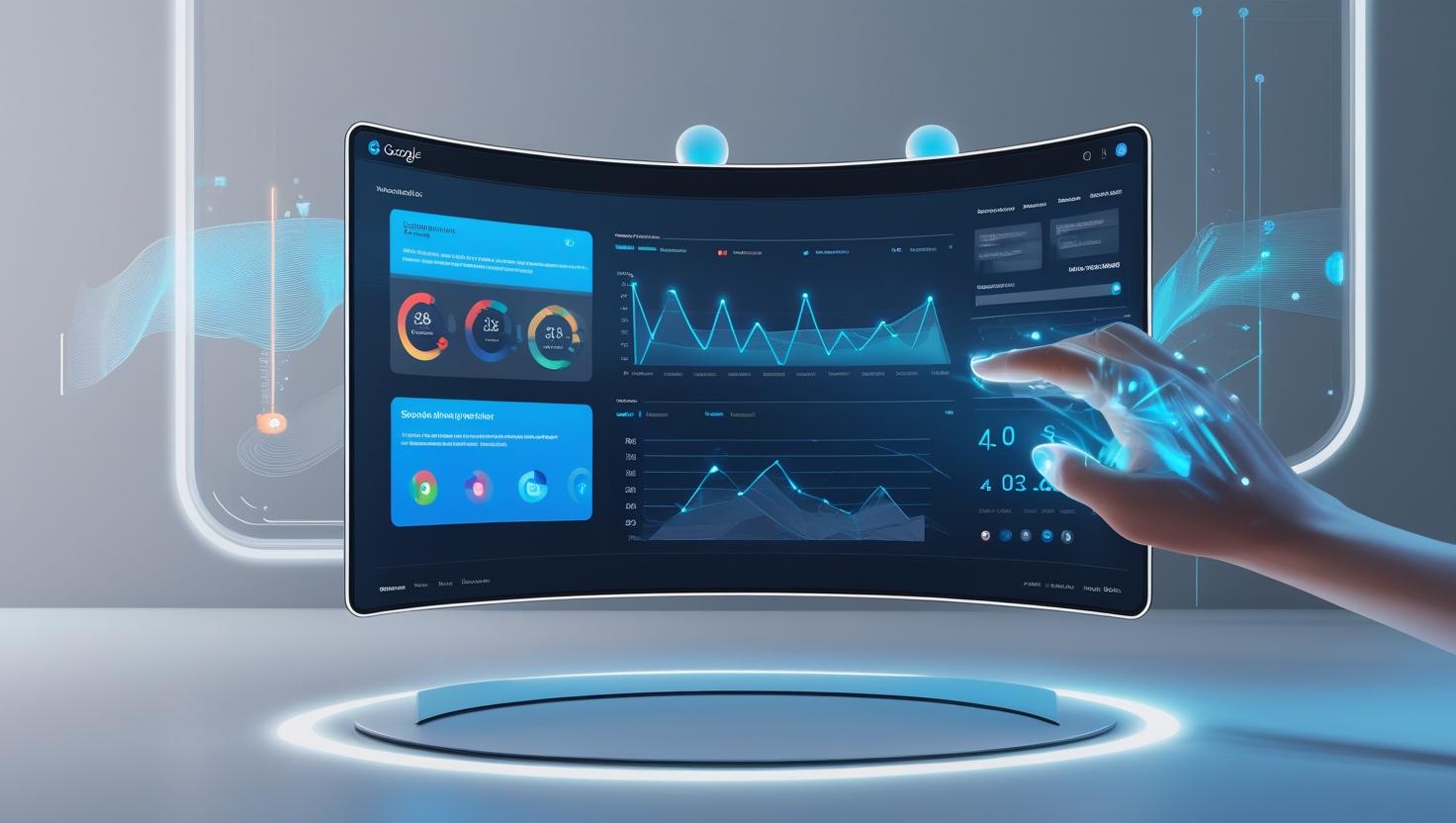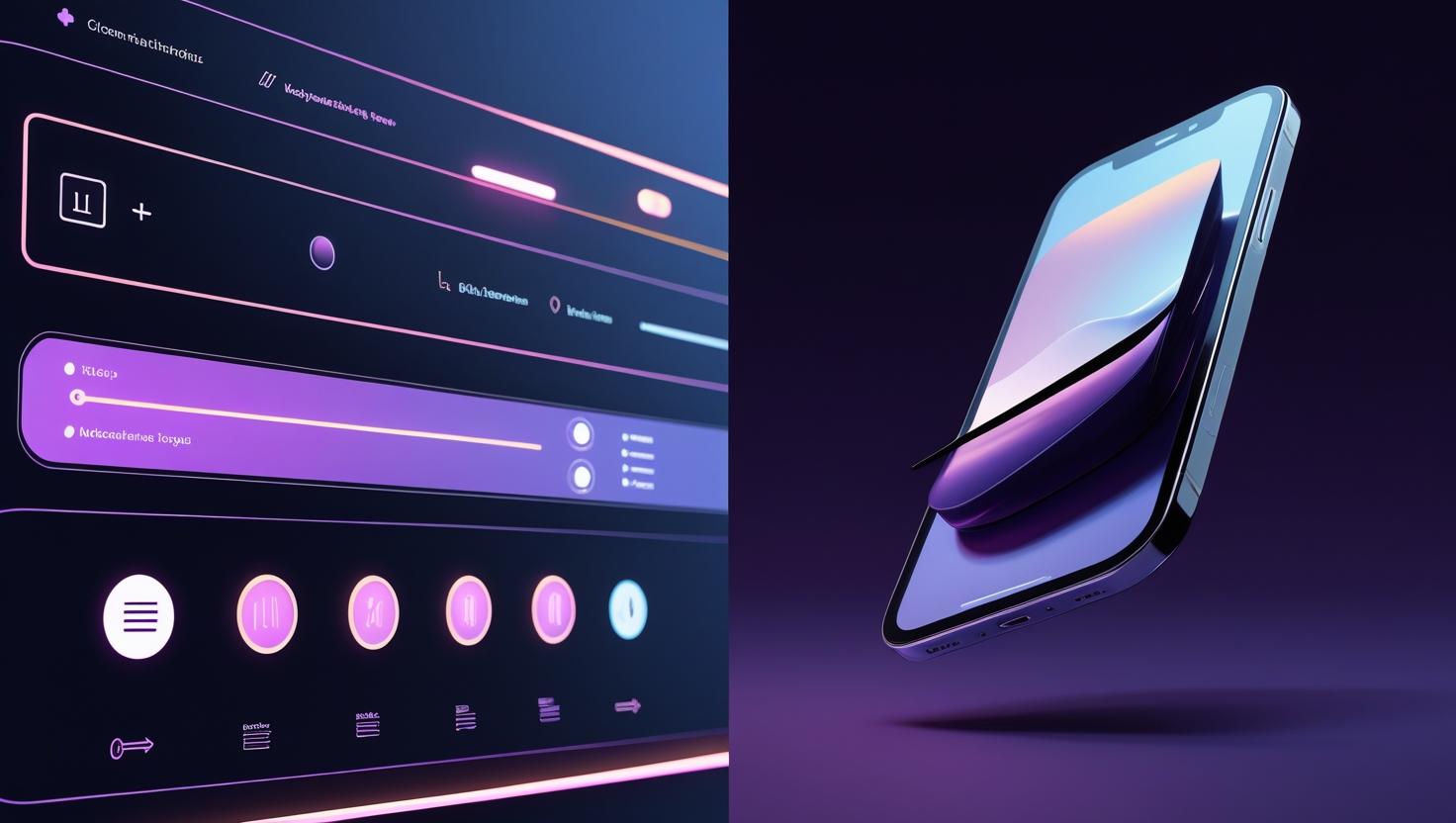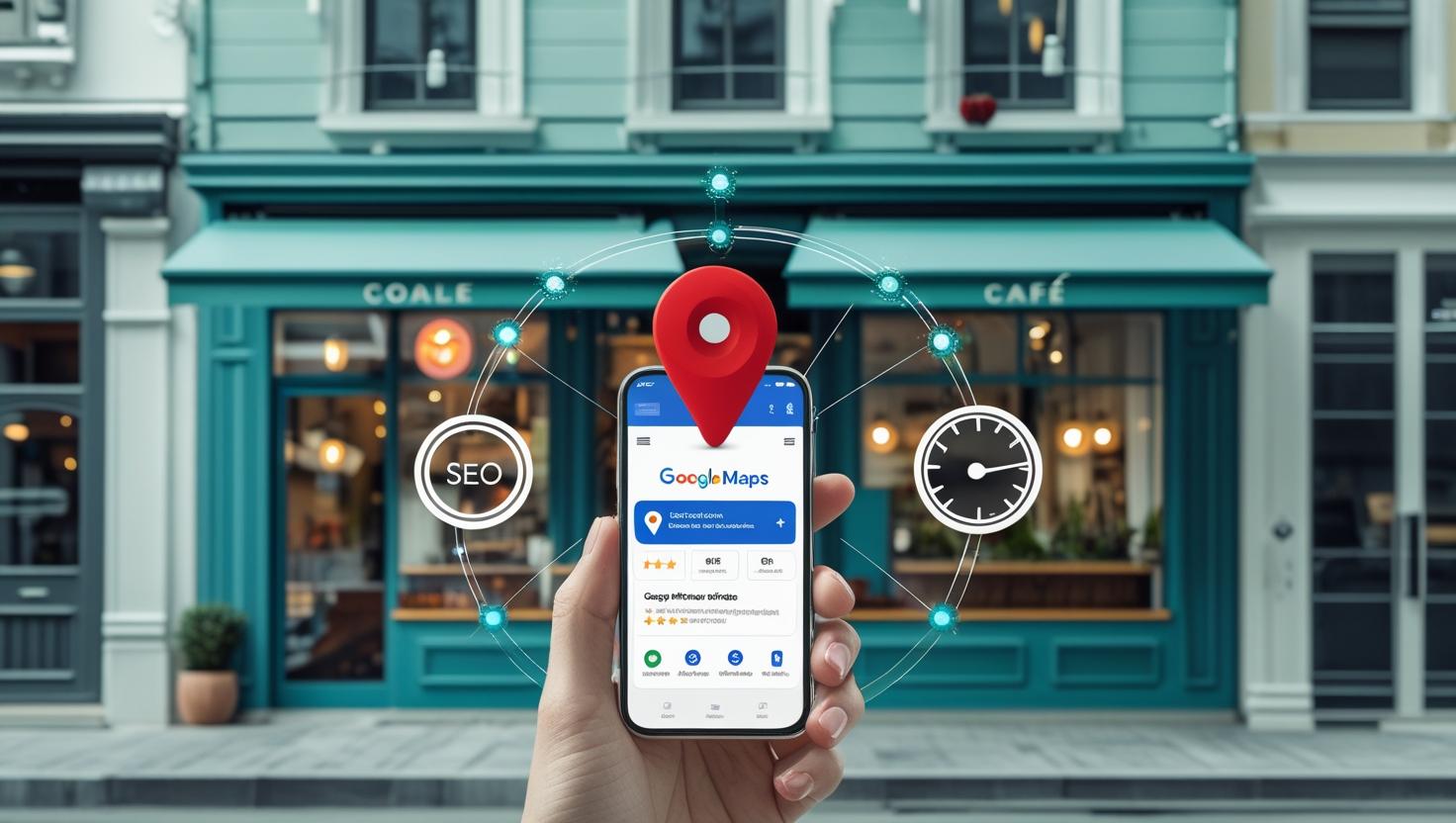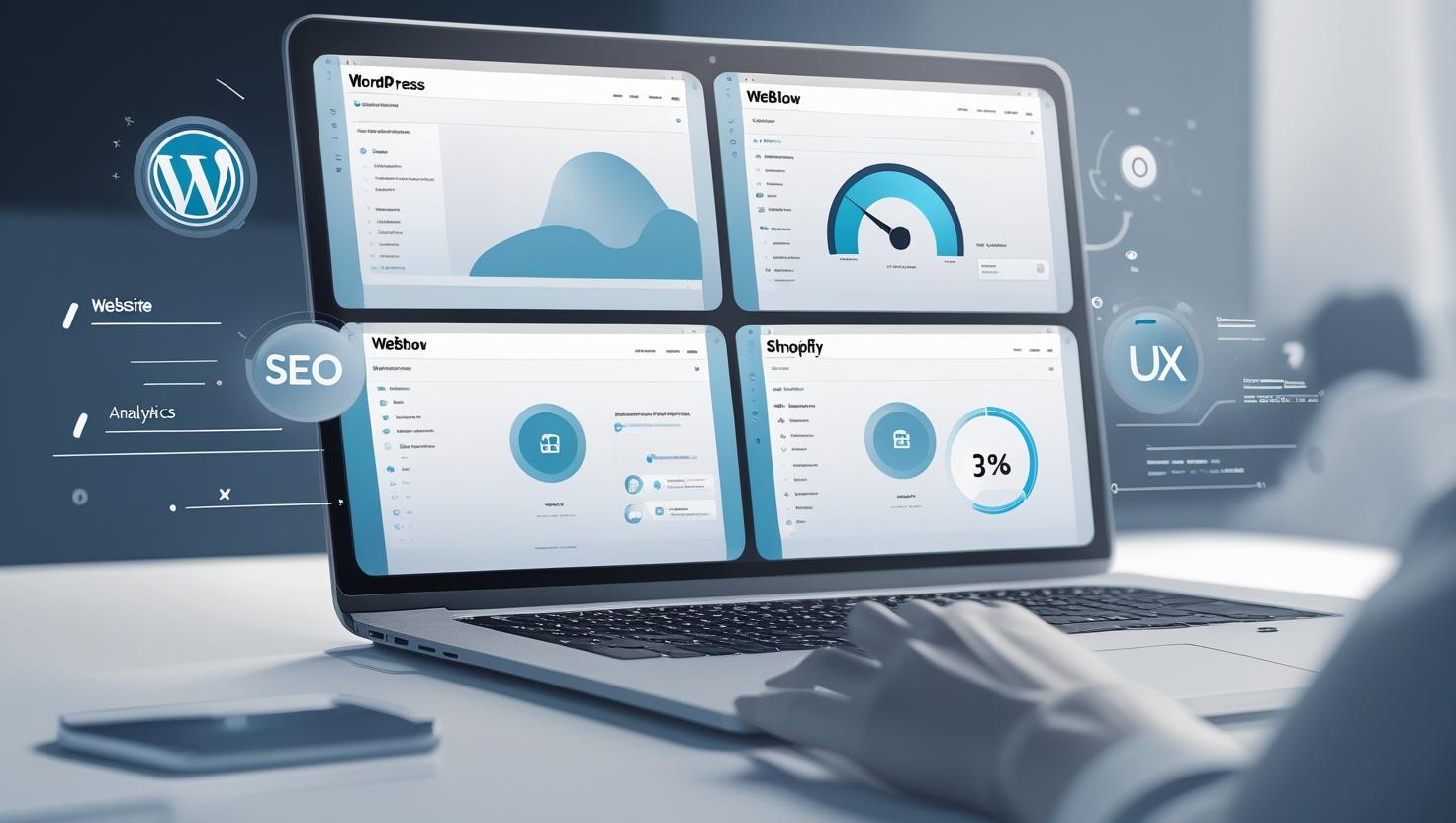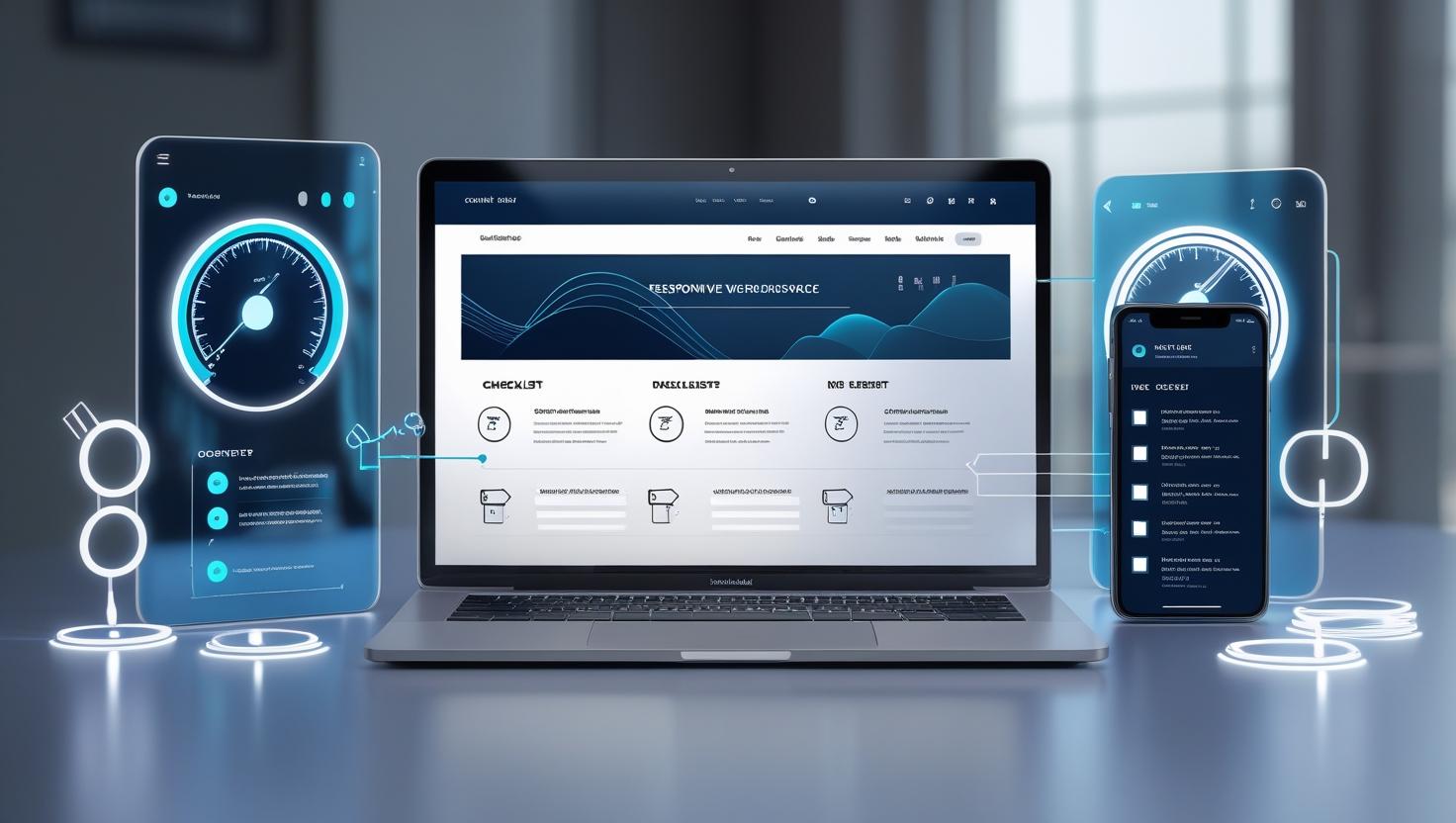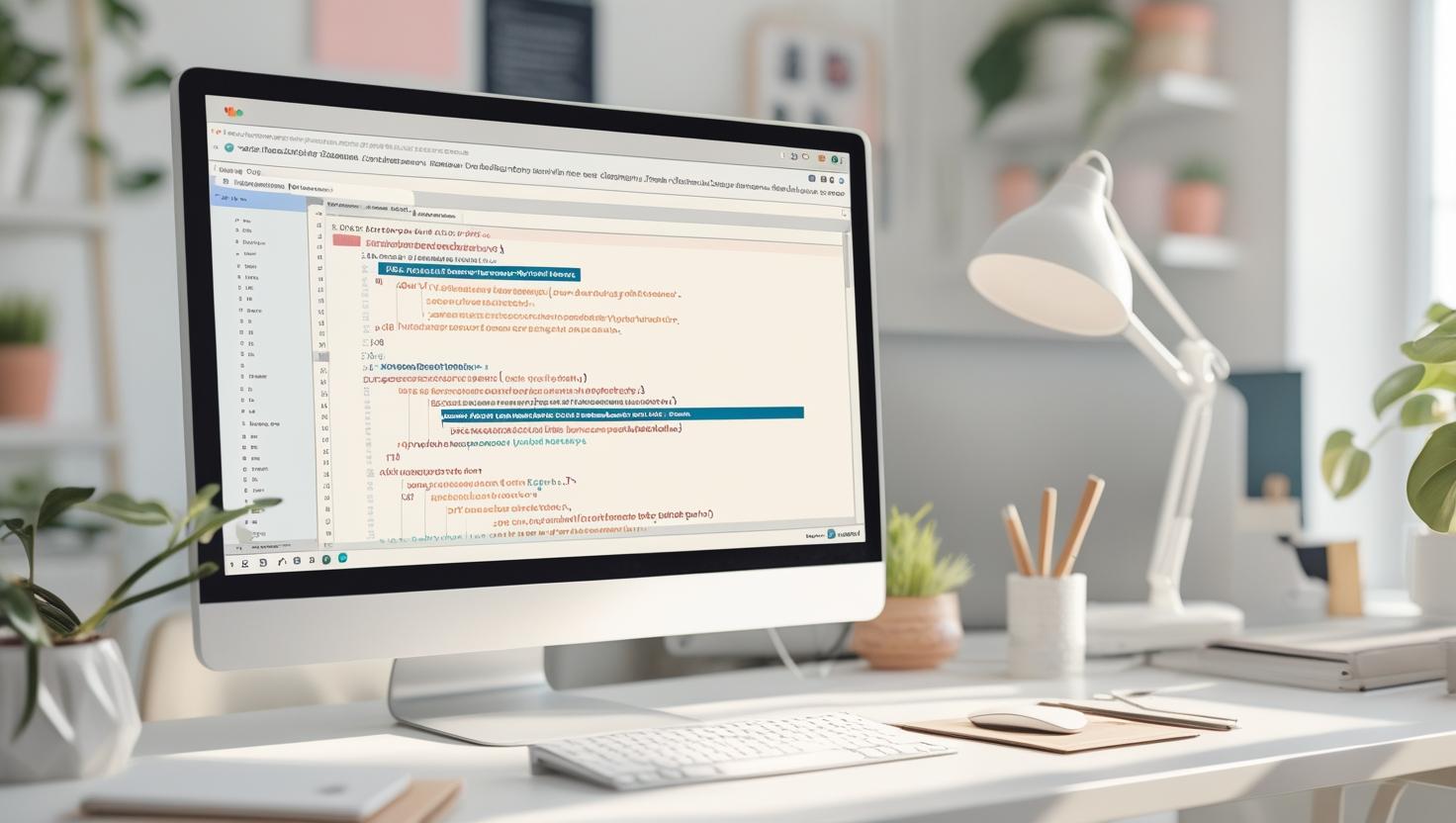
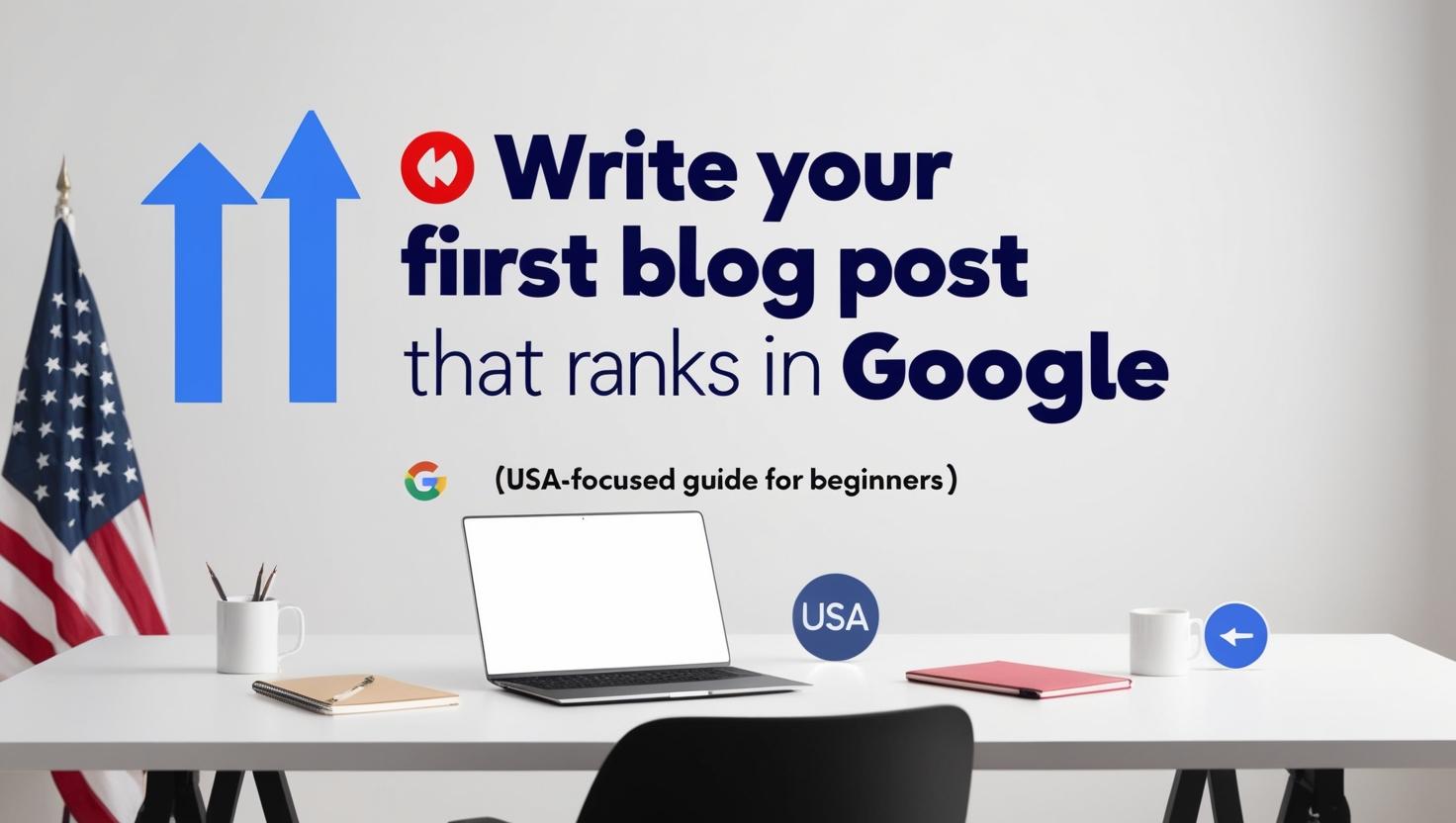
Introduction: The First Blog Post That Opens the Doors to Google Rankings
If you’re staring at a blank page wondering how to write your first blog post that actually ranks in Google, you’re not alone. Every successful blogger started where you are now. But here’s the good news: ranking your first blog post isn’t a mystery if you follow the right strategies.
Whether you’re blogging from the USA, Norway, Canada, Australia, or anywhere in Europe, the principles remain the same—but we’ll keep the examples and tools USA-focused for best local relevance.
In this step-by-step guide, you’ll learn how to write, optimize, and publish a blog post that doesn’t just sit online but shows up in Google search results—and earns you readers, trust, and potential revenue.
What Is a Blog Post? (Snippet-Friendly Definition)
A blog post is an individual entry or article published on a blog, typically covering a specific topic, opinion, or informational guide. It combines written content, images, links, and SEO techniques to inform, educate, or entertain readers.
Step-by-Step Guide to Writing Your First Blog Post That Ranks
Step 1: Choose a Profitable and Relevant Topic
Before writing, choose a blog topic that:
- Solves a problem for your audience
- Has search demand on Google
- Is specific enough to stand out
Example: Instead of “Fitness Tips,” go for “Home Workout Routine for Busy Moms in the USA.”
Step 2: Do Keyword Research
Use tools like:
- Google Keyword Planner
- Ubersuggest
- AnswerThePublic
- Ahrefs (free version)
- LowFruits
- Keywords Everywhere
Search for long-tail keywords like:
- “how to write your first blog post”
- “blog writing tips for beginners”
- “how to rank a blog post on Google”
Aim for keywords with low competition and moderate search volume.
Step 3: Understand Search Intent
There are four types of search intent:
- Informational (e.g., “how to write a blog”)
- Navigational (e.g., “WebWriteTech blog tutorial”)
- Transactional (e.g., “buy SEO services”)
- Commercial investigation (e.g., “best blogging platforms”)
Your blog should primarily serve informational intent.
Step 4: Outline Your Post for Clarity

A solid outline helps structure your thoughts and keeps readers engaged. Here’s a proven structure:
- Introduction with a hook
- Simple definition
- Step-by-step guide
- Common mistakes
- Tools/resources
- FAQs
- Conclusion + CTA
Step 5: Write a Compelling Introduction
Grab attention with:
- A question
- A surprising stat
- A relatable story
Example: “Did you know that over 7 million blogs are published daily, but only a small percentage ever get organic traffic from Google?”
Step 6: Optimize with On-Page SEO Techniques
Use these beginner blog SEO tips:
- Include your primary keyword in the H1, first 100 words, meta title, and meta description
- Use H2, H3, H4 tags for headings
- Add internal links to related posts
- Use alt text for images
- Optimize for readability (short paragraphs, bullets)
- Insert outbound links to authoritative sources
Step 7: Use a Blog Post SEO Strategy Checklist
Here’s your mini SEO checklist:
Step 8: Format for Readability and Monetization
Make your blog AdSense-friendly:
- Use clear sections with subheadings
- Avoid aggressive pop-ups or ads
- Include call-to-action buttons or suggestions
- Ensure fast page load speed
Step 9: Add a Call to Action (CTA)
Examples:
- “Found this helpful? Subscribe to our newsletter.”
- “Ready to start blogging? Explore our SEO services now.”
Step 10: Publish and Share
Once published, promote via:
- Pinterest (great for beginner bloggers)
- Reddit blogging communities
- Facebook groups
- LinkedIn (especially for tech or business niches)
- Quora answers linking back to your blog
Common Mistakes to Avoid as a Beginner Blogger
- Writing without doing keyword research
- Publishing without formatting
- Ignoring SEO
- Writing too broadly
- Forgetting internal links
- Not updating your content over time
6 Best Tools and Resources for New Bloggers
- Grammarly – Fix grammar and tone issues
- Canva – Create visuals and blog graphics
- Google Search Console – Track indexing and performance
- Surfer SEO – Optimize your content structure
- Yoast SEO – WordPress plugin for SEO checks
- ChatGPT – For content outlines and brainstorming
Frequently Asked Questions (FAQs)
1. What should my first blog post be about?
Start with a topic you know well or are passionate about. Choose something that solves a problem for your audience.
2. How long should my first blog post be?
Aim for 1500–2500 words. Longer content (3000–4000 words) often ranks better, especially with strong SEO.
3. How do I get my blog noticed by Google?
Use proper SEO practices like keyword usage, metadata, structured headings, and internal linking.
4. Can I make money from my first blog post?
While unlikely immediately, a well-optimized post lays the foundation for future monetization through ads, affiliate marketing, or services.
5. Do I need a niche to start blogging?
Yes. Picking a clear niche helps you target the right audience and rank faster.
6. How soon will my blog post rank?
Ranking can take from a few days to a few months depending on domain authority, keyword competition, and backlinks.
Conclusion: Your Blog Journey Begins Today
Writing your first blog post that ranks in Google doesn’t have to be overwhelming. With the right topic, solid SEO, clean formatting, and helpful content, you’re setting yourself up for long-term blogging success.
Remember: done is better than perfect. Don’t wait until everything is “just right.” Hit publish, learn, improve, and repeat.
Need help optimizing your blog content? Explore our SEO services or check out our guide on choosing a blogging niche.
Internal Linking Suggestions:
- Top 10 AI Tools for Small Businesses in 2025
- 10 Web Development Mistakes to Avoid in 2025
- Leveraging AI for Effective SEO in 2025
Start writing. Keep learning. Watch your blog grow.





